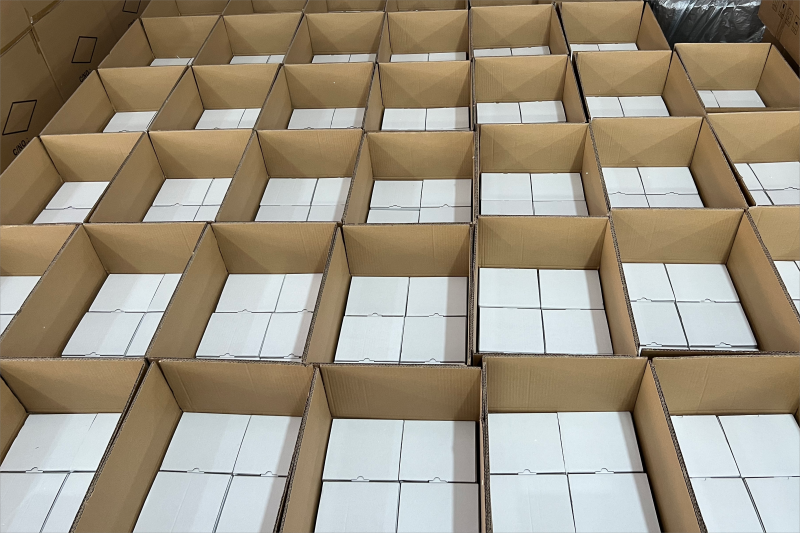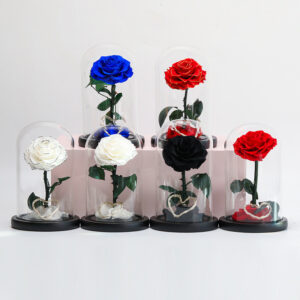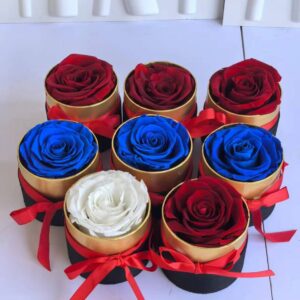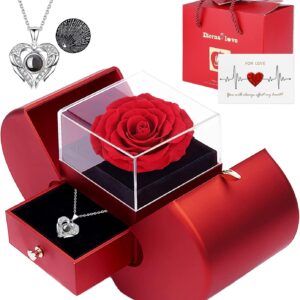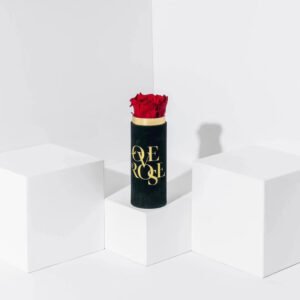Forever flowers, often called long-lasting or stabilized flowers, have become an essential product line for gift retailers, supermarkets, and lifestyle brands. Their appeal lies in their natural beauty combined with durability, allowing consumers to enjoy real flowers without the short life span of fresh arrangements.
Behind this growing demand is a worldwide production and supply network. From rose farms in the Andes to moss preservation in Northern Europe and large-scale customization in Asia, the forever flower industry reflects a unique global division of labor. This article explores the major origins, regional strengths, and the custom manufacturing solutions that purchasing teams should know for 2025.
How the Forever Flower Supply Chain Works
The journey of forever flowers usually involves several stages:
- Cultivation of fresh flowers or plants
- Stabilization and preservation to lock in color and softness
- Assembly into finished goods such as boxes, domes, or bouquets
- Distribution to retailers and end consumers
Each step tends to be concentrated in specific regions. Latin America focuses on cultivation, Europe on specialty preservation, and China on scalable assembly. Understanding this flow is crucial for companies planning seasonal promotions and long-term sourcing.
If your team is evaluating suppliers across different regions, our specialists at Sweetie-Gifts can provide guidance and samples. Contact us at inquiry@sweetie-group.com for more details.

Core Origins of Forever Roses
Roses remain the centerpiece of the forever flower industry, and different countries bring different advantages:
- Ecuador: High-altitude farms produce roses with large heads and vibrant colors. Local preservation facilities ensure roses are stabilized quickly after harvest.
- Colombia: A major exporter to North America and Europe, combining strong logistics with extensive flower farms.
- China: Yunnan has become a large-scale flower growing base, while coastal hubs provide preservation and mass manufacturing for finished goods.
- Japan: Known for precision in color stabilization and small-batch quality.
- Europe: Focuses on processing and premium filler flowers, often with advanced preservation technology.
- Kenya: An emerging origin that supplies roses and mixed flowers to the European market at competitive costs.
These different origins give purchasing managers flexibility. High-end gift products may prioritize Ecuadorian roses, while large retail programs can combine roses from Latin America with Chinese customization.
Other Forever Flowers and Decorative Materials
Beyond roses, the global supply network also supports a variety of other categories:
- Hydrangea: Produced in Spain, Japan, and parts of Latin America, often used for fuller arrangements.
- Fillers and foliage: European suppliers lead in eucalyptus and greenery, while Kenya is expanding its role.
- Moss and lichen: Finland and Sweden supply reindeer moss, while Italy and Belgium turn these materials into decorative wall panels and acoustic products.
This diversity allows retailers to build broader product ranges. For instance, lifestyle and home décor brands often incorporate moss panels or foliage alongside forever roses in their collections.
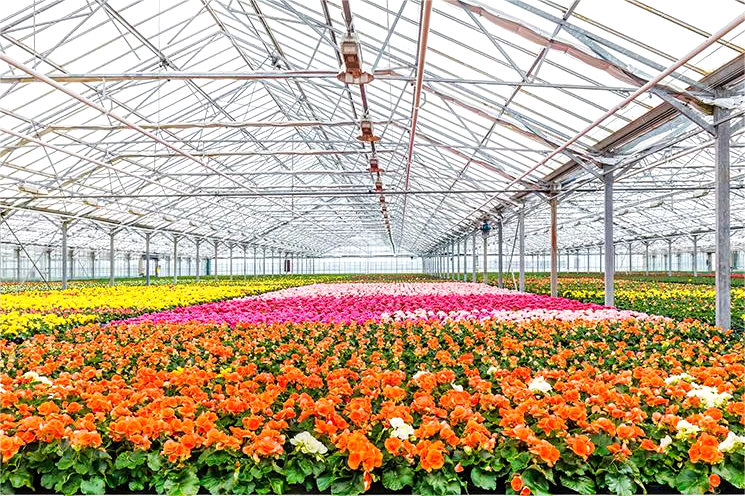
Finished Goods and Regional Manufacturing Strengths
Finished forever flower products are made either in the origin country or in consumer markets.
- Origin-based production: Ecuadorian and Colombian suppliers offer finished boxes and domes created directly at the source.
- Consumer-market assembly: Retailers in the United States, the United Kingdom, Japan, and China often import flower heads and then assemble products locally to adapt to customer preferences and event timelines.
Product categories include heart-shaped rose boxes, luxury glass domes, everyday bouquets, jewelry boxes with floral accents, and wall décor panels. Each requires different levels of assembly expertise and packaging customization.
If you are interested in testing new product formats, Sweetie-Gifts provides OEM and ODM services tailored for seasonal campaigns. Reach out to inquiry@sweetie-group.com to request design concepts and MOQ information.
OEM and ODM Solutions for Retailers and Brands
The rise of forever flowers has opened opportunities for both OEM and ODM partnerships.
- OEM (Original Equipment Manufacturing) is ideal for chain retailers that already have a product concept and need reliable, large-scale production.
- ODM (Original Design Manufacturing) helps brands seeking ready-made designs with customization options such as packaging, logo placement, or exclusive color palettes.
When selecting an OEM or ODM partner, companies should evaluate sample delivery time, color consistency across orders, packaging flexibility, and export experience. Strong partners not only provide stable production but also understand seasonal demand cycles.
Considerations for Purchasing Managers
To successfully source forever flowers in 2025, purchasing teams should focus on a few critical areas:
- Seasonal planning: Secure production slots 8 to 12 weeks before major holidays such as Valentine’s Day and Mother’s Day.
- Quality standards: Ensure suppliers use tested preservation techniques to maintain texture and avoid fading.
- Compliance: Check for necessary certificates and testing results, including phytosanitary documentation.
- Cost analysis: Balance material costs with assembly efficiency. Sometimes a higher-priced rose can lower total arrangement costs if it provides larger bloom size.
Why Professional OEM/ODM Partners Matter
The global nature of the forever flower industry means that working with experienced partners simplifies the supply chain. Professional manufacturers can:
- Deliver prototypes quickly for review
- Provide consistent production volumes
- Customize packaging and product formats
- Prepare compliance documents for smooth export
Sweetie-Gifts operates manufacturing facilities in Kunming and Yiwu, serving clients across more than 50 countries. We support supermarkets, chain flower shops, gift companies, and international brands with reliable OEM and ODM solutions. For inquiries or sample requests, email us at inquiry@sweetie-group.com.
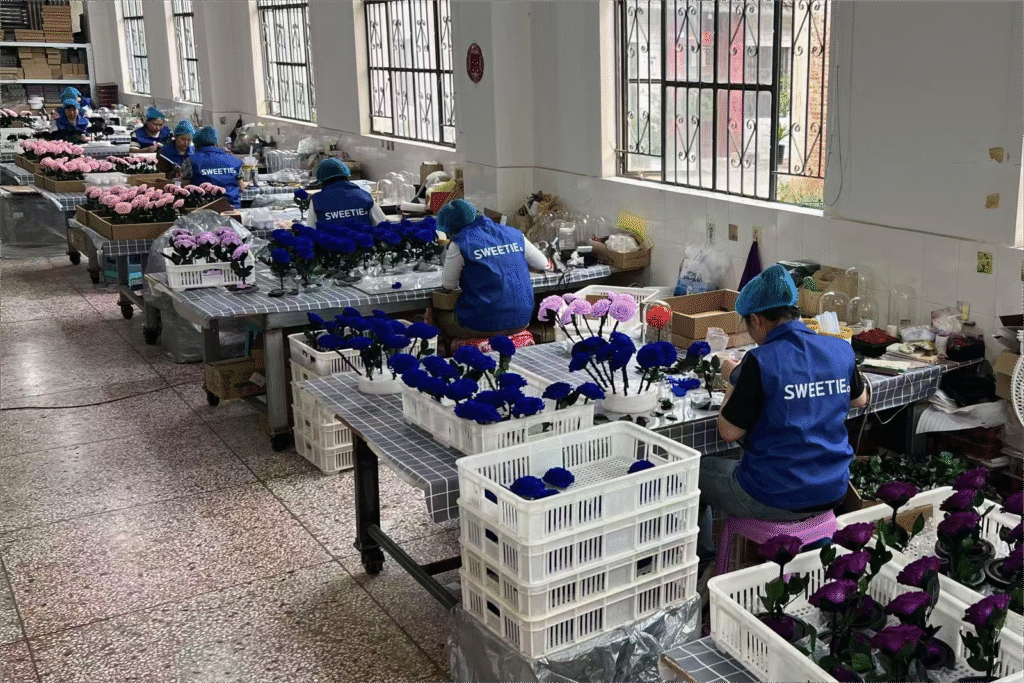
Conclusion
The forever flower market is global by design. Ecuador and Colombia supply premium roses, Europe refines fillers and moss, Japan focuses on precision preservation, and China offers unmatched scale in assembly and customization. Together, these regions shape a supply chain that allows retailers and brands to bring long-lasting floral products to market efficiently.
By combining origins, planning ahead for seasonal peaks, and partnering with professional OEM/ODM suppliers, purchasing managers can secure both reliability and creativity in their product lines. The result is a stronger, more competitive forever flower program ready to meet consumer demand in 2025.
Annie Zhang, CEO of Sweetie-Gifts





